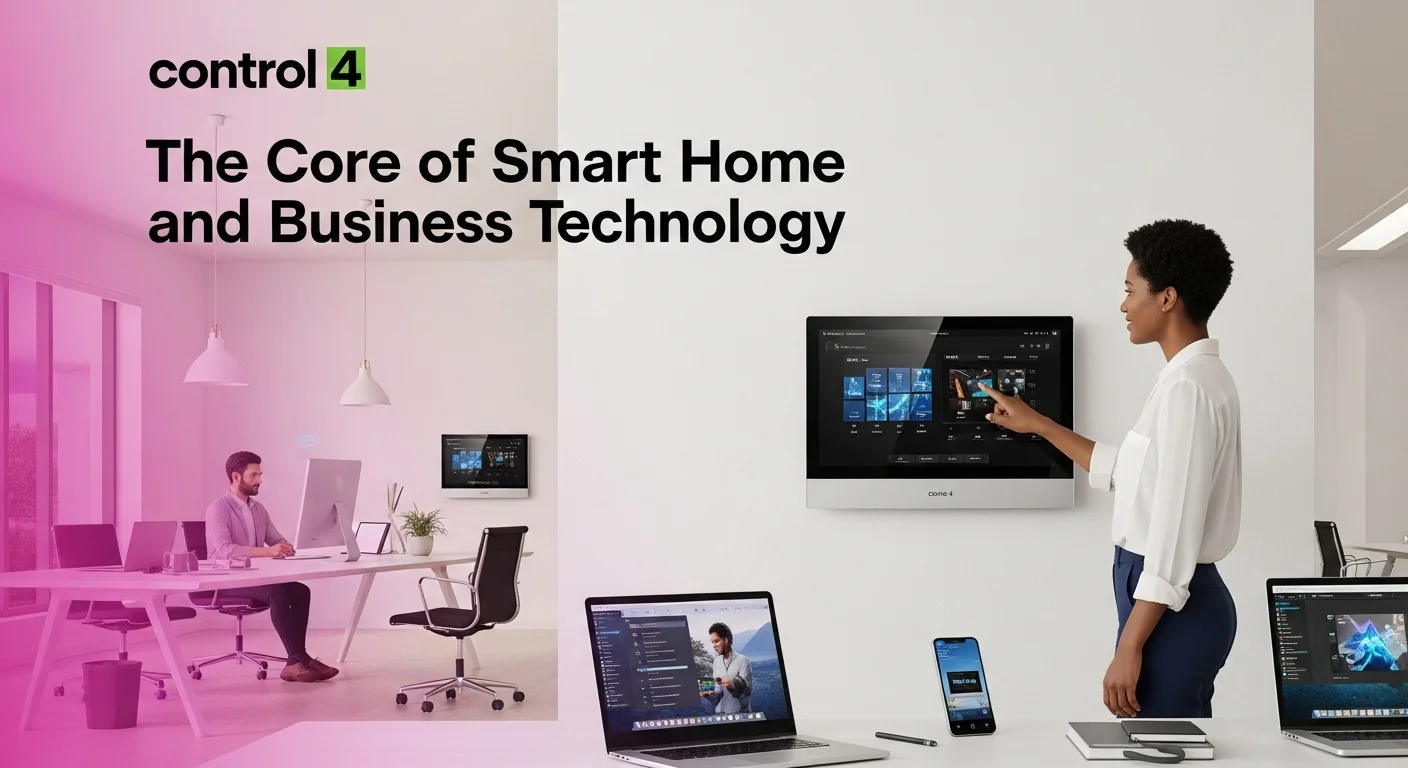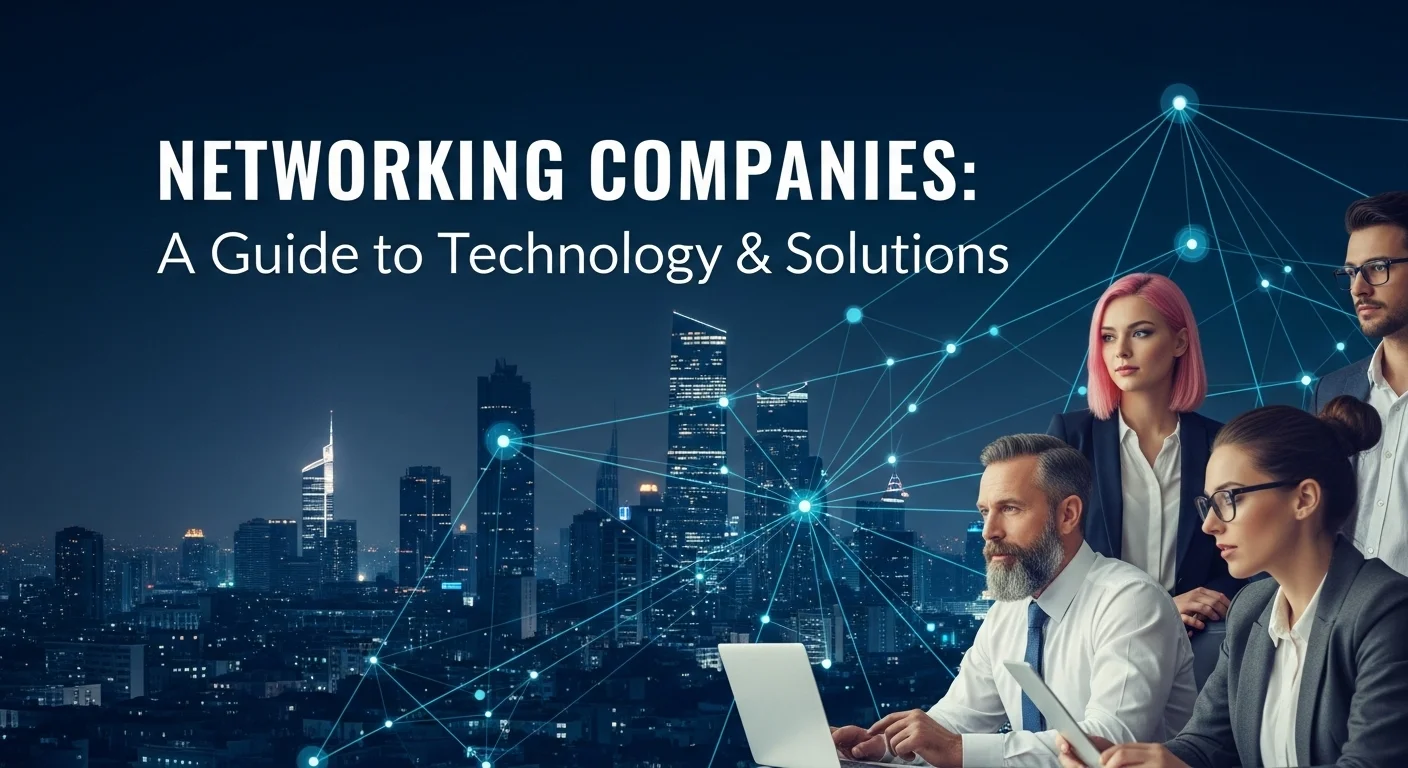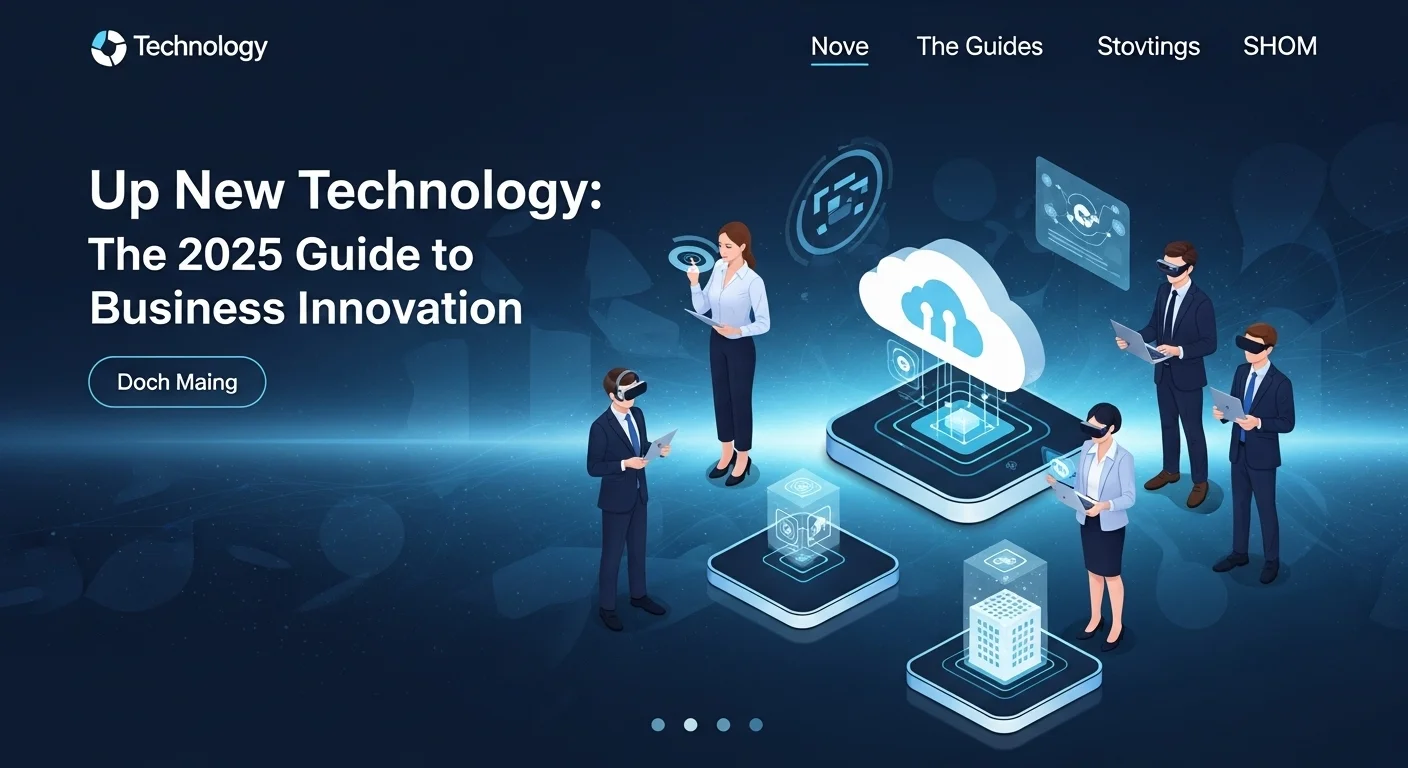Cyber Supply Chain Security: Why Your Supplier's Weakest Link Is Your Biggest Threat
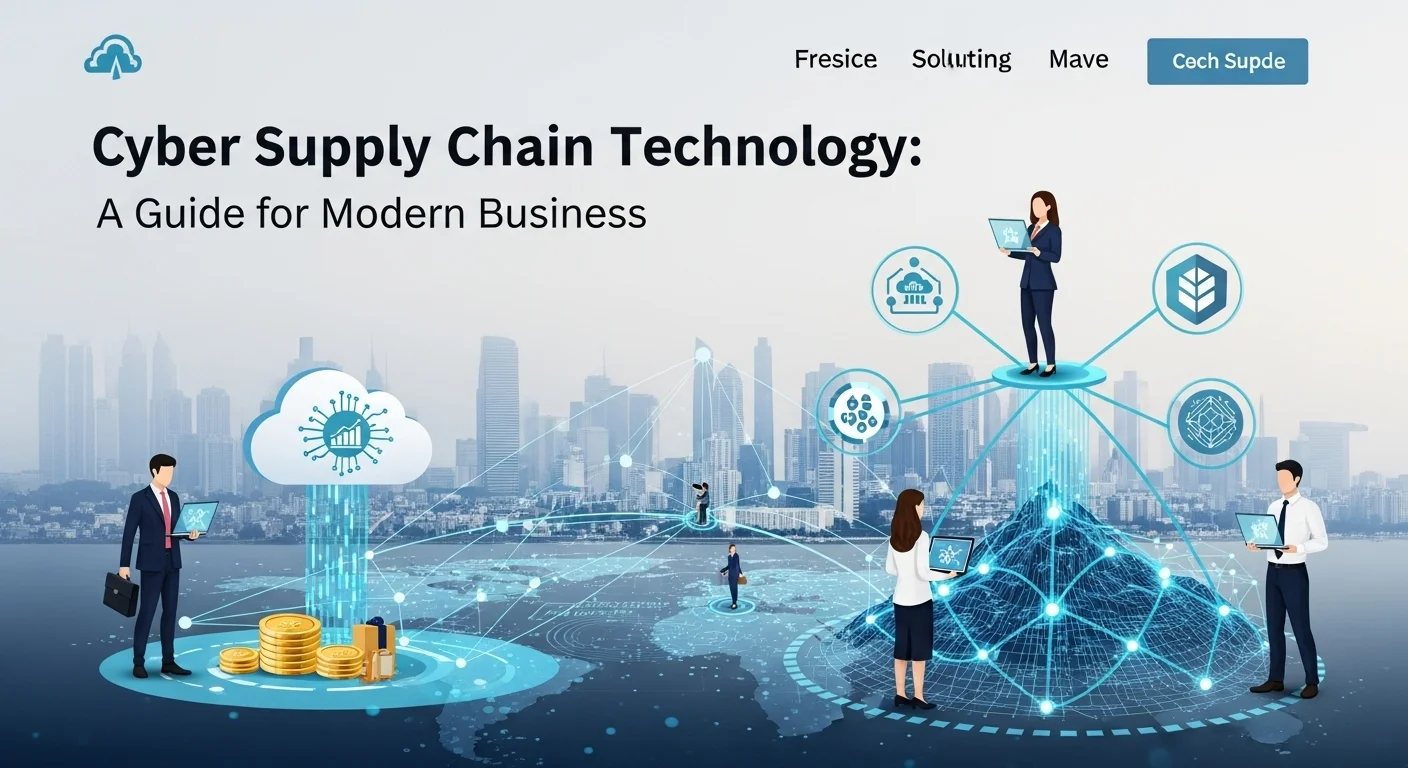
Executive Summary
In our connected world, we don't build everything from scratch. We rely on software, hardware, and services from countless other companies. But what if one of those suppliers has a security flaw? Suddenly, their problem becomes your nightmare. This is the reality of the cyber supply chain. This article is your guide to understanding and managing this critical risk. I'll walk you through what cyber supply chain security is, why it's more important than ever, and how to build a defense that works. We'll demystify the famous NIST framework and give you practical, real-world strategies you can use to protect your business, your data, and your reputation from threats that come from the outside in.
Table of Contents
Table of Contents
- What is the Cyber Supply Chain, Really?
- Why a Supplier's Security Flaw Becomes Your Crisis
- A Smarter Way to Manage Risk: The NIST Framework
What is the Cyber Supply Chain, and Why Should You Care?
Let's forget the jargon for a second. Think about building a house. You don't make the bricks, the windows, or the wiring yourself. You trust different suppliers for each part. Your house is only as strong and safe as those individual components. The digital world works the same way. Your business runs on a mix of software, cloud services, and hardware from hundreds of different vendors. This entire network, from the biggest software provider to the smallest code library, is your cyber supply chain. Securing it is what we in the industry call Cyber Supply Chain Risk Management, or C-SCRM. It’s the essential practice of making sure the digital 'bricks' and 'windows' you use are safe and haven't been tampered with.
The risks aren't just theoretical. I've seen companies devastated because a vulnerability wasn't in their own code, but in a third-party tool they trusted. These threats can range from counterfeit hardware with hidden backdoors to malware injected into a routine software update. The complexity of modern technology, where a single app can rely on components from all over the globe, creates a massive, tempting target for attackers.
Why a Supplier's Security Flaw Becomes Your Crisis
The importance of securing this chain can't be overstated. We all remember the headlines. The SolarWinds attack was a masterclass in supply chain compromise; hackers slipped malicious code into a trusted software update, gaining access to thousands of government and corporate networks. It was a wake-up call that showed how an organization's defenses are only as strong as its suppliers'. These incidents prove that managing your supply chain's security isn't just an IT task—it's a core business function. It’s about ensuring you can keep your doors open, protecting your customers' data, maintaining trust, and meeting the growing list of regulations that now demand it.
Today's businesses are built on an ecosystem of external partners: cloud providers, SaaS platforms, and hardware makers. This fuels incredible innovation, but every partner is a potential doorway for an attack. A single weakness in one open-source component or third-party service can cascade into a widespread disaster. Often, you have very little visibility into your suppliers' security practices, making it hard to gauge your true risk. The threats are clever, ranging from simple human error in coding to state-sponsored espionage aimed at sabotage.
A Smarter Way to Manage Risk: The NIST Framework
To get a handle on this chaos, organizations need a plan. The most respected blueprint out there is the NIST Cyber Supply Chain Risk Management framework (specifically, NIST SP 800-161). Think of it as a structured guide that helps you move from a reactive, 'fire-fighting' mode to a proactive one. It gives you a process to identify, assess, and respond to supply chain risks across a product's entire life. By adopting a framework like this, you start making informed decisions about who to partner with and what safeguards to put in place. This isn't just about avoiding disaster; it's about building a more resilient and trustworthy business. A solid C-SCRM program enhances your operational stability, protects your brand, and helps you meet legal requirements. In the end, it turns security from a necessary cost into a competitive advantage, allowing you to build great things on a foundation of trust.

Your Step-by-Step Guide to a Secure Supply Chain
Building a secure cyber supply chain isn't about flipping a switch; it's a strategic process. A truly effective program for managing your digital supply chain risk (C-SCRM) has to be tailored to your business. It should fit your risk tolerance, your resources, and your goals. This guide will walk you through the methods and resources you need. At the center of any strong program is a reliable framework, and the gold standard is the one developed by NIST.
Breaking Down the NIST C-SCRM Framework (NIST SP 800-161)
The National Institute of Standards and Technology (NIST) provides the definitive guide for C-SCRM. It's not a simple checklist but a comprehensive approach to weaving supply chain security into your company's DNA. I've helped many organizations implement it, and it boils down to four key phases:
- Frame: This is where you set the stage. You define what's important to your business, identify your most critical suppliers and technology, and decide how much risk you're willing to accept. It’s about asking, 'What would happen if this supplier was breached?' This step is vital for getting everyone on board, from the executive team down.
- Assess: With your context set, it's time to investigate. You need to look closely at your suppliers and the products you're buying. This means doing your homework—reviewing their security policies, understanding where their components come from, and identifying potential weak spots. This is a continuous process of discovery to shed light on the hidden layers of your supply chain.
- Respond: Based on what you find, you have to act. For each risk you identify, you'll choose a response. You might mitigate it with new security controls, transfer it through a contract, avoid it by choosing a different vendor, or formally accept it if it's minor. This phase is about turning your assessment into a concrete action plan.
- Monitor: The digital world never stands still. New threats emerge, and suppliers change. The Monitor phase stresses the need to keep a constant watch. This means checking in on your suppliers' security, staying updated on new vulnerabilities, and making sure your security controls are still working. It’s what keeps your security program sharp and effective over the long haul.
Practical Tools for Securing Your Supply Chain
Beyond the high-level strategy, you need hands-on tools to verify the security of what you're buying. Here are some of the most effective methods I recommend:
- Software Bill of Materials (SBOM): Think of this as a list of ingredients for a piece of software. An SBOM tells you every component and library used to build an application. By requiring SBOMs from your vendors, you gain instant visibility into what you're actually running, allowing you to quickly spot components with known vulnerabilities. It’s a game-changer for software security.
- Hardware Bill of Materials (HBOM): Just like an SBOM, but for physical hardware. An HBOM details every component in a device, helping you spot counterfeit parts and assess hardware for hidden risks.
- Code Signing and Verification: This is like a digital wax seal on software. It provides cryptographic proof that the code hasn't been tampered with since the developer signed it. Always verifying these signatures is a simple but powerful defense against malicious modifications.
- Secure Development Lifecycle (SDL) Requirements: Don't just check the final product; look at how it was built. Requiring your suppliers to follow a secure development process means they're thinking about security from day one, not just patching it in at the end.
Business Strategies that Make a Difference
Technical controls are only half the battle. They need to be backed by smart business practices. Here's where strategy meets security:
- Thorough Vendor Vetting: Before you sign any contract, do a deep dive into the potential supplier. Assess their financial stability, their reputation, and most importantly, their security posture using questionnaires, audits, and security rating services.
- Ironclad Contracts: Your contracts are a powerful tool. Work with your legal team to add clauses that require suppliers to meet specific security standards, notify you immediately of any breaches, and grant you the right to audit their practices.
- Supplier Tiering: Not all suppliers are created equal. Group them into tiers based on how critical they are to your business. Your most critical suppliers should face the highest level of scrutiny and monitoring.
By combining a strategic framework like NIST's with these practical techniques, you can build a formidable defense against supply chain attacks. This comprehensive approach is no longer optional—it's essential for success in the modern digital economy.
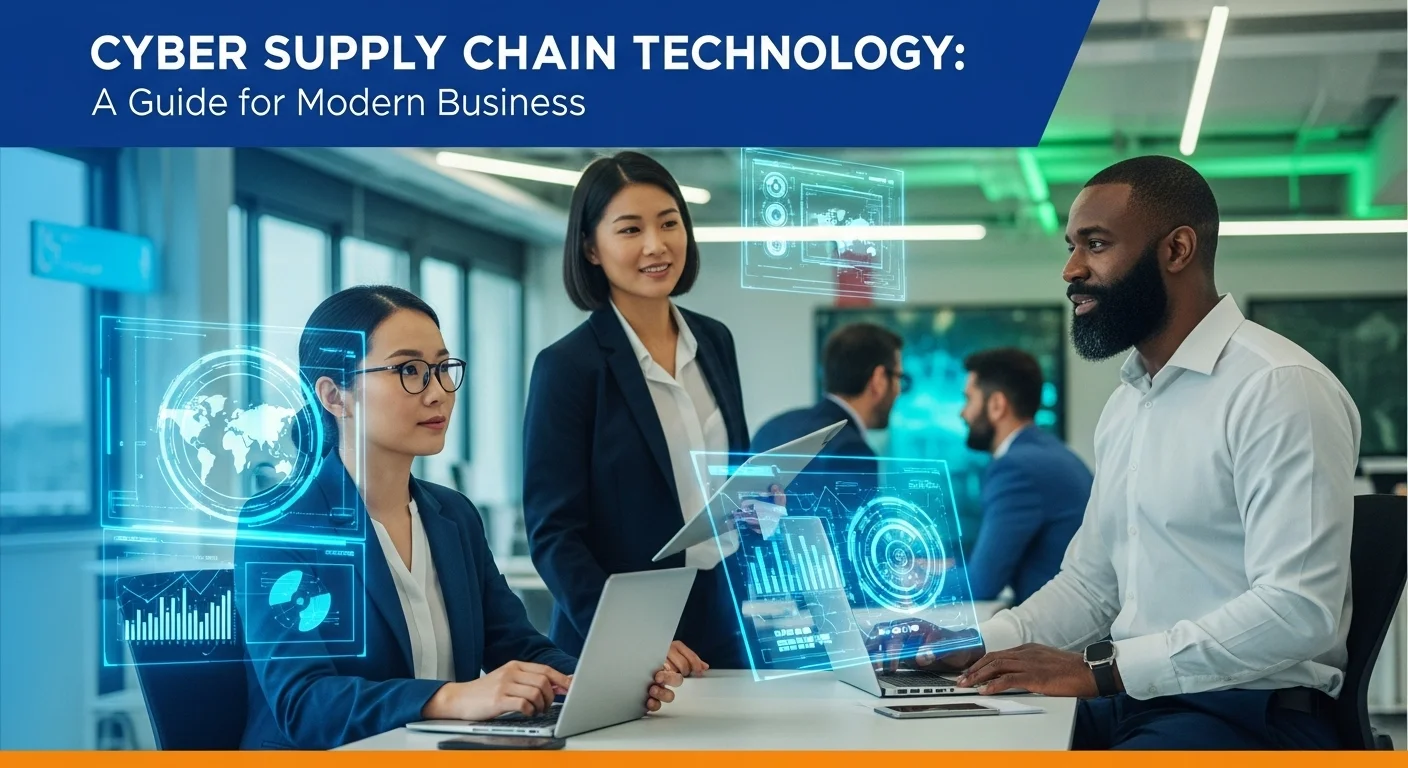
Actionable Tips to Improve Your Supply Chain Security Today
Putting a full-blown Cyber Supply Chain Risk Management (C-SCRM) program in place can feel overwhelming, especially if you're a smaller business. But the good news is you don't have to do everything at once. From my experience, taking a strategic, step-by-step approach can dramatically improve your security posture. This section is all about practical, actionable advice to help you move from theory to reality and build a more resilient and secure technology foundation.
Best Practices for a Resilient Cyber Supply Chain
No matter your company's size, these foundational practices, which align with frameworks like the NIST guide, will set you on the right path.
- Get Leadership on Board: Supply chain security is a business issue, not just an IT one. You need support from the top. Form a team with people from IT, procurement, legal, and operations to oversee the program. This ensures risk is viewed from all angles.
- Know Your Suppliers: You can't protect what you don't know. Start by making a list of your most critical technology suppliers. Figure out who they are, what they provide, and why they're important. This map is your starting point.
- Make Security Part of Buying: Security should be a key factor every time you buy a new product or service. Add a standard set of security questions to your purchasing process. Don't let it be an afterthought.
- Use Your Contracts Wisely: Your contracts are your enforcement mechanism. Add clauses that require suppliers to meet your security standards, provide transparency (like with SBOMs), and report breaches quickly. This makes your expectations crystal clear.
- Trust, but Verify: Don't just take a supplier's word for it. Create a process to verify their security claims. This could mean reviewing their audit reports (like a SOC 2), running your own scans on their products, or even visiting their facilities if they are a critical partner.
- Plan for a Breach Together: Your incident response plan needs to include your suppliers. Figure out who does what and how you'll communicate if a security incident happens. Practice this plan with your key suppliers so everyone is prepared.
Helpful Tools and Technologies
Several tools can automate and simplify your C-SCRM efforts, and many are accessible for businesses of all sizes.
- Third-Party Risk Management (TPRM) Platforms: These services help automate vendor security questionnaires and continuously monitor your suppliers for risks, giving you a central dashboard to see everything.
- Software Composition Analysis (SCA) Tools: Essential for using SBOMs, these tools scan your software to find all the open-source components and check them for known vulnerabilities.
- Hardware Bill of Materials (HBOM): Just like an SBOM, but for physical hardware. An HBOM details every component in a device, helping you spot counterfeit parts and assess hardware for hidden risks.
- Code Signing and Verification: This is like a digital wax seal on software. It provides cryptographic proof that the code hasn't been tampered with since the developer signed it. Always verifying these signatures is a simple but powerful defense against malicious modifications.
- Secure Development Lifecycle (SDL) Requirements: Don't just check the final product; look at how it was built. Requiring your suppliers to follow a secure development process means they're thinking about security from day one, not just patching it in at the end.
Business Strategies that Make a Difference
Technical controls are only half the battle. They need to be backed by smart business practices. Here's where strategy meets security:
- Thorough Vendor Vetting: Before you sign any contract, do a deep dive into the potential supplier. Assess their financial stability, their reputation, and most importantly, their security posture using questionnaires, audits, and security rating services.
- Ironclad Contracts: Your contracts are a powerful tool. Work with your legal team to add clauses that require suppliers to meet specific security standards, notify you immediately of any breaches, and grant you the right to audit their practices.
- Supplier Tiering: Not all suppliers are created equal. Group them into tiers based on how critical they are to your business. Your most critical suppliers should face the highest level of scrutiny and monitoring.
By combining a strategic framework like NIST's with these practical techniques, you can build a formidable defense against supply chain attacks. This comprehensive approach is no longer optional—it's essential for success in the modern digital economy.
Expert Reviews & Testimonials
Sarah Johnson, Business Owner ⭐⭐⭐⭐⭐
As a small business owner, the term 'supply chain security' always intimidated me. This article broke it down perfectly. The checklist in the last section is now pinned on my office wall.
Mike Chen, IT Consultant ⭐⭐⭐⭐⭐
Finally, a clear explanation of the NIST framework that doesn't read like a government document. The analogies for SBOMs were spot on. Highly recommended for any IT pro.
Emma Davis, Tech Expert ⭐⭐⭐⭐⭐
This is the best piece I've read on C-SCRM. It connects the technical aspects with real business risks and benefits. It's comprehensive without being overwhelming. A must-read.

